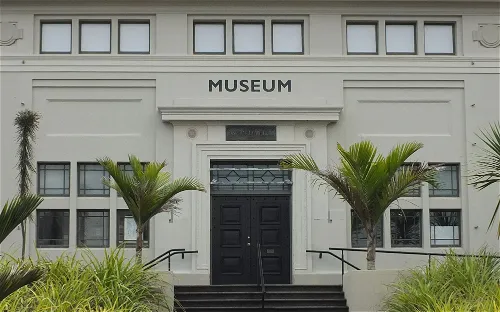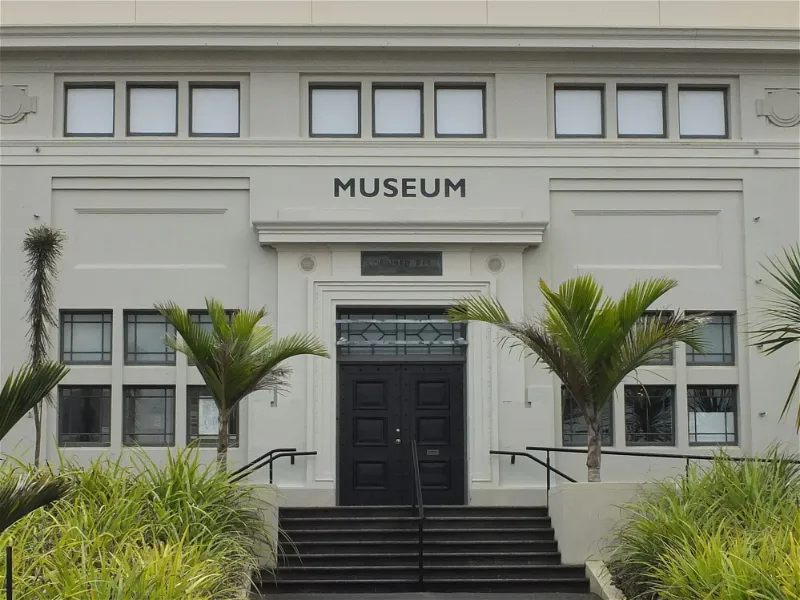Whanganui Regional Museum and its collection
The Whanganui Regional Museum, located in Whanganui, New Zealand, is home to a vast collection of natural and human-history objects. The museum's focus is on items from the Manawatu-Wanganui region, showcasing the rich history and diverse natural environment of the area. Visitors can explore a wide range of exhibits, from local artifacts to items of national and international significance.
Internationally Recognized Moa Bones Collection
One of the highlights of the Whanganui Regional Museum is its internationally recognized collection of moa bones. Many of these bones were found in the local area, providing a unique insight into the region's prehistoric fauna. The collection was documented and analysed in 1989 by renowned palaeontologist Trevor Worthy, further enhancing its scientific value.
Significant Māori Artifacts Collection
The Whanganui Regional Museum also houses a significant collection of Māori artifacts, part of which was donated by Dr and Mrs Wall in 1933. This donation was made in memory of their son, John Barnicoat Wall. The Walls purchased the late Dr. A.K. Newman's collection of Māori artifacts and donated it to the museum, enriching its cultural offerings.
History & Anthropology Nature & Natural History Animals Archaeology Ethnology








